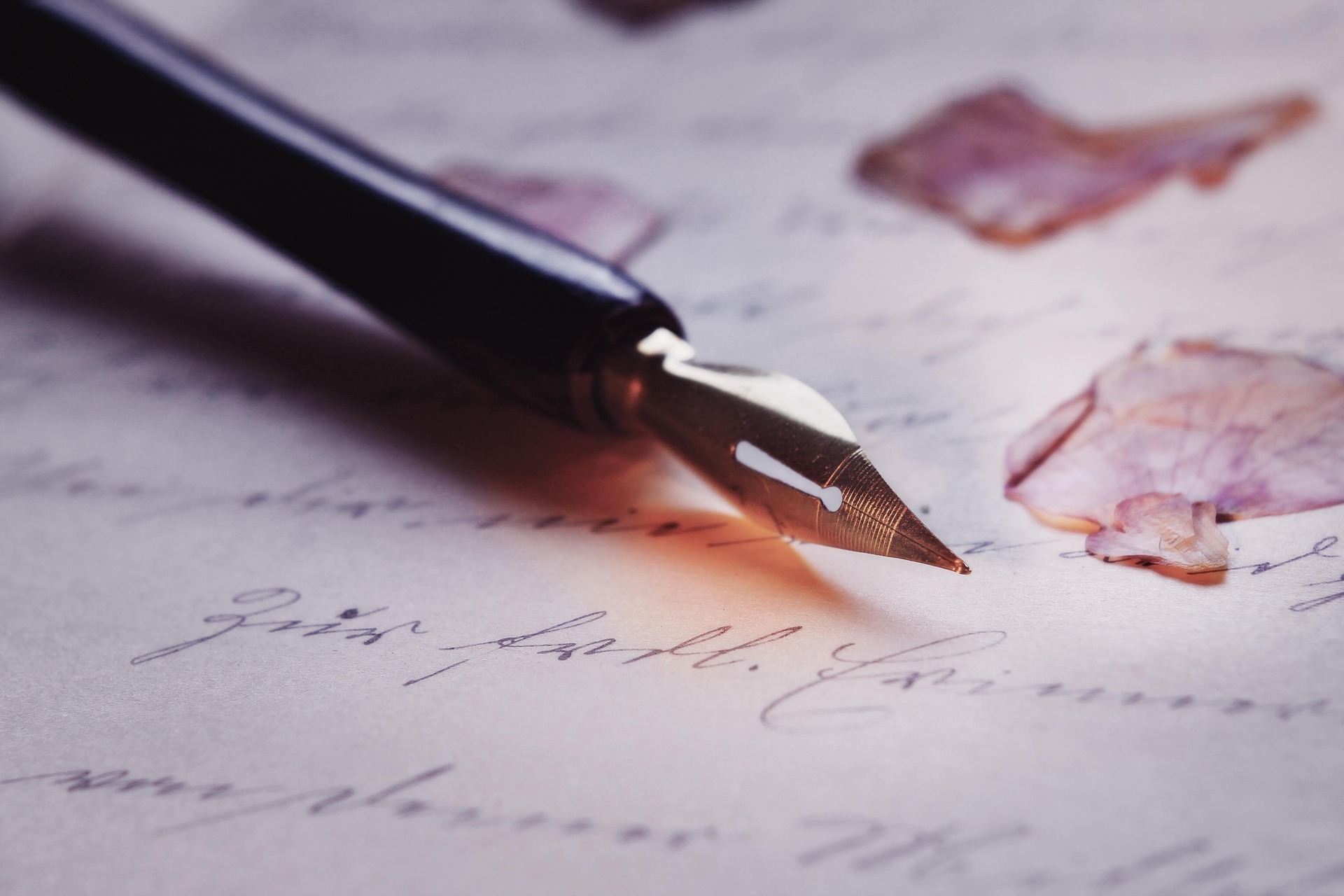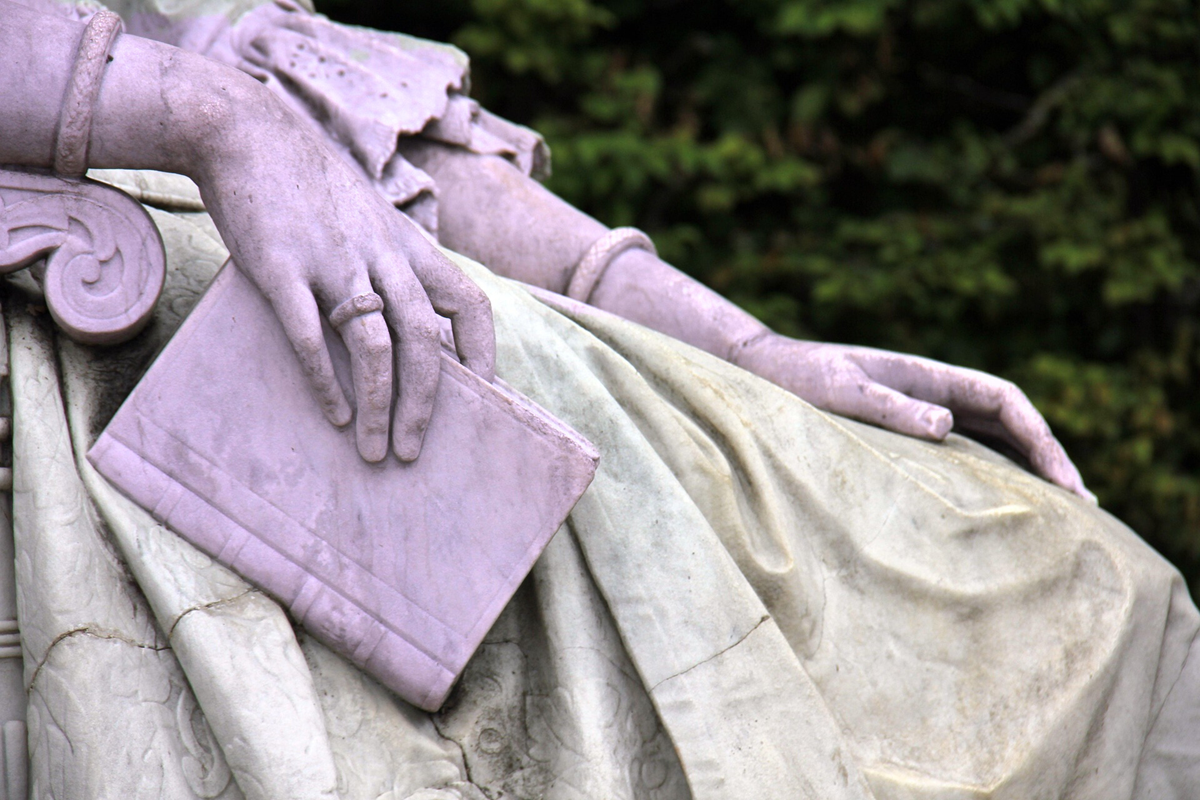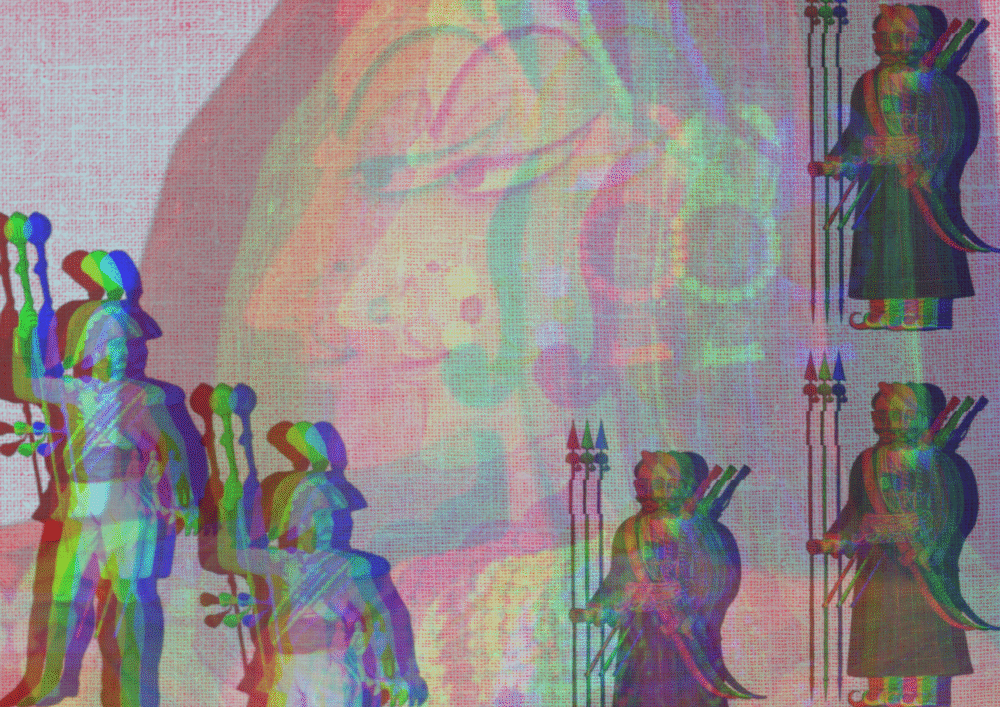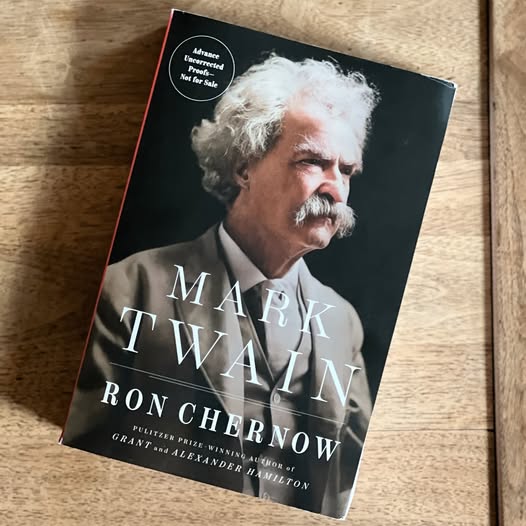English literature, a vast and ever-evolving tapestry woven with threads of history, culture, and human experience, offers a profound window into the minds and hearts of generations past and present. From the echoes of ancient epics sung in mead halls to the diverse voices shaping contemporary narratives, this journey through language and storytelling is both captivating and essential. This comprehensive guide will navigate the key periods, influential authors, and defining movements that have shaped English literature into the rich and multifaceted landscape we know today.
I. The Anglo-Saxon Era (c. 450 – 1066): The Dawn of English Voices
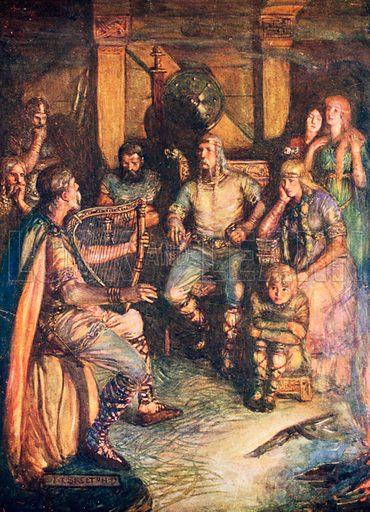
The story of English literature begins in the tumultuous era following the Roman withdrawal from Britain. Germanic tribes, including the Angles, Saxons, and Jutes, settled the land, bringing with them their oral traditions and a nascent form of what would become the English language.
- A World of Heroes and Gods: This period is characterized by epic poems, often recited orally, that celebrated heroic deeds, tribal loyalties, and the stark realities of a warrior society. Religious themes, blending pagan beliefs with the arrival of Christianity, also permeated early writings.
- The Undisputed Epic: Beowulf: Arguably the most significant work of Old English literature, Beowulf is an epic poem that recounts the heroic exploits of its titular Geatish warrior. Its themes of courage, fate, and the struggle against monstrous forces continue to resonate with readers today.
- Poetic Forms and Notable Works: Anglo-Saxon poetry employed alliteration and kennings (metaphorical compound words) as key stylistic devices. Other important works include The Wanderer, The Seafarer, and the historical Anglo-Saxon Chronicle.
- Key Takeaway: The Anglo-Saxon era laid the foundational linguistic and cultural roots for English literature, establishing a tradition of storytelling centered on heroism, community, and the human condition in a challenging world.
II. The Medieval Period (1066 – 1485): Feudalism, Faith, and the Rise of Romance
The Norman Conquest of 1066 marked a significant turning point, introducing French language and culture, which profoundly influenced the development of English. This era witnessed the rise of feudalism, the dominance of the Church, and the emergence of new literary forms.
- The Linguistic Shift: Middle English gradually evolved from Old English, incorporating Norman French vocabulary and grammatical structures. This linguistic transformation is evident in the literature of the time.
- Geoffrey Chaucer: The Father of English Poetry: Geoffrey Chaucer stands as the towering literary figure of the Middle Ages. His masterpiece, The Canterbury Tales, a collection of stories told by a diverse group of pilgrims, offers a vibrant and satirical snapshot of 14th-century English society.
- The Allure of Romance: Medieval romances, tales of chivalry, adventure, and courtly love, gained immense popularity. Stories of King Arthur and his Knights of the Round Table became central to this genre.
- Religious and Didactic Literature: Religious texts, miracle plays, and morality plays served to educate and reinforce Christian doctrines. Works like Piers Plowman offered social commentary from a religious perspective.
- Key Takeaway: The Medieval period saw the English language undergo significant change and witnessed the flourishing of diverse literary forms, from the earthy realism of Chaucer to the idealized world of romance and the moral instruction of religious writings.
III. The Renaissance (c. 1485 – 1660): Rebirth, Reformation, and the Golden Age of Drama
The Renaissance, a period of renewed interest in classical learning and artistic expression, swept across Europe and profoundly impacted England. This era witnessed a flourishing of creativity, intellectual inquiry, and a shift towards humanism.
- The Power of the Word: The Rise of Print: The invention of the printing press by William Caxton in the late 15th century revolutionized the dissemination of knowledge and literature, making books more accessible.
- William Shakespeare: The Bard of Avon: Arguably the greatest writer in the English language, William Shakespeare produced an unparalleled body of plays and sonnets that explored the full spectrum of human emotions and experiences. His works continue to be studied and performed globally.
- The Glory of Elizabethan Drama: The Elizabethan era saw the Golden Age of English drama, with playwrights like Christopher Marlowe, Ben Jonson, and John Webster creating powerful and enduring tragedies, comedies, and histories.
- Poetry and Prose of the Renaissance: Renaissance poetry embraced new forms and themes, with sonnets becoming particularly popular. Prose writers like Francis Bacon explored philosophy, science, and politics with eloquence and insight.
- The Impact of the Reformation: The religious upheaval of the Reformation influenced literary themes and perspectives, leading to debates and explorations of faith, power, and individual conscience.
- Key Takeaway: The Renaissance was a period of immense literary innovation and achievement, marked by the genius of Shakespeare and the vibrant theatrical landscape. The era’s emphasis on human potential and classical ideals left an indelible mark on English literature.
IV. The Neoclassical Period (1660 – 1798): Reason, Order, and Enlightenment
Following the Restoration of the monarchy, English literature entered the Neoclassical period, characterized by an emphasis on reason, order, balance, and classical forms. This era is often divided into the Restoration Age, the Augustan Age, and the Age of Sensibility.
- The Restoration Age (1660-1700): Wit and Social Satire: The reopening of theaters marked a revival of drama, with witty comedies of manners becoming popular. Writers like John Dryden explored political and social themes with sharp intellect. John Milton’s epic poem Paradise Lost, while rooted in religious themes, also exemplifies the era’s grand style and intellectual depth.
- The Augustan Age (1700-1750): Elegance and Satire: Inspired by the Roman Emperor Augustus, this period valued clarity, elegance, and wit. Alexander Pope’s satirical poetry and Jonathan Swift’s biting prose, such as Gulliver’s Travels, stand as hallmarks of this age.
- The Age of Sensibility (1750-1798): Emotion and Individualism: Towards the end of the century, a shift towards emotion, sentiment, and the individual began to emerge, foreshadowing the Romantic era. Writers like Samuel Richardson and Laurence Sterne explored the inner lives of their characters.
- The Rise of the Novel: The novel as a literary form gained prominence during this period, offering longer narratives and exploring the complexities of human relationships and society.
- Key Takeaway: The Neoclassical period valued reason and order, producing sophisticated and often satirical literature that reflected the intellectual and social currents of the Enlightenment. The development of the novel provided a new avenue for storytelling and character exploration.
V. The Romantic Period (c. 1798 – 1837): Imagination, Emotion, and the Individual
The Romantic era marked a reaction against the rationalism of the Neoclassical period, emphasizing imagination, emotion, individualism, and the power of nature.
- The Lyrical Ballads and the Dawn of Romanticism: William Wordsworth and Samuel Taylor Coleridge’s Lyrical Ballads (1798) is often considered the starting point of the Romantic movement, prioritizing feeling and the language of ordinary people.
- The Great Romantic Poets: Figures like Lord Byron, Percy Bysshe Shelley, and John Keats produced passionate and intensely personal poetry that explored themes of love, loss, rebellion, and the sublime beauty of nature.
- The Romantic Novel: Romantic novelists like Mary Shelley (Frankenstein) and Sir Walter Scott explored themes of the supernatural, the historical past, and the power of individual experience.
- Emphasis on Nature and the Sublime: Nature was seen as a source of inspiration, spiritual truth, and powerful emotional experiences. The concept of the sublime, the awe-inspiring and overwhelming aspects of nature, became a key theme.
- Key Takeaway: The Romantic period celebrated the power of imagination and emotion, placing the individual and the natural world at the center of literary expression. This era produced some of the most enduring and emotionally resonant poetry and prose in the English language.
VI. The Victorian Period (1837 – 1901): Industry, Empire, and Social Commentary
The Victorian era, named after Queen Victoria’s reign, was a time of immense social, economic, and technological change in Britain, fueled by the Industrial Revolution and the expansion of the British Empire. Literature of this period often grappled with these transformations, exploring issues of class, poverty, social injustice, and the impact of industrialization.
- The Reign of the Novel: The novel became the dominant literary form, with writers like Charles Dickens, the Brontë sisters (Charlotte, Emily, and Anne), and George Eliot creating sprawling narratives that often-critiqued social inequalities and explored complex character development.
- Poetry of the Victorian Age: Poets like Alfred, Lord Tennyson, and Robert Browning explored themes of love, loss, doubt, and the changing social landscape, often with a sense of dramatic intensity or melancholic reflection.
- Social Commentary and Reform: Many Victorian writers used their work to address pressing social issues, such as poverty, child labour, and the plight of the urban poor, advocating for reform and social justice.
- The Influence of Empire: The vastness of the British Empire and its impact on British society and identity also found its way into Victorian literature, often with complex and sometimes problematic representations of colonized peoples and lands.
- Key Takeaway: The Victorian period was a time of significant social and literary development, with the novel serving as a powerful tool for social commentary and exploration of the human condition amidst rapid change.
VII. The Modernist Period (c. 1901 – 1945): Fragmentation, Experimentation, and the Inner Self
The early 20th century witnessed a radical shift in literary aesthetics, known as Modernism. Writers responded to the disillusionment following World War I, the rapid pace of industrialization, and new psychological theories by experimenting with form, style, and subject matter.
- Breaking with Tradition: Modernist writers rejected traditional narrative structures, linear timelines, and conventional character development. They sought new ways to represent the complexities of modern life and the inner workings of the human mind.
- Stream of Consciousness: Techniques like stream of consciousness, pioneered by writers like James Joyce (Ulysses) and Virginia Woolf (Mrs. Dalloway), aimed to capture the flow of thoughts, feelings, and perceptions as they occur.
- Fragmentation and Subjectivity: Modernist literature often embraced fragmentation, ambiguity, and multiple perspectives, reflecting a sense of uncertainty and the subjective nature of reality.
- Poetry of the Modern Age: Poets like T.S. Eliot (The Waste Land) and Ezra Pound experimented with language, imagery, and form, often incorporating allusions and challenging traditional poetic conventions.
- The Impact of War and Social Change: The trauma of World War I and the profound social and political changes of the early 20th century deeply influenced Modernist themes and sensibilities.
- Key Takeaway: Modernism was a period of radical experimentation and innovation in English literature, as writers sought new ways to express the complexities and uncertainties of the modern world and the intricacies of human consciousness.
VIII. The Postmodern and Contemporary Periods (c. 1945 – Present): Plurality, Irony, and New Voices
Following World War II, English literature entered a period characterized by further experimentation, a questioning of grand narratives, and a growing awareness of diverse voices and perspectives.
- Deconstructing Conventions: Postmodern literature often plays with literary conventions, employing irony, metafiction (fiction that reflects on its own fictionality), and a sense of playfulness. Writers like Samuel Beckett and Kurt Vonnegut exemplify this approach.
- The Rise of Diverse Voices: Contemporary literature has witnessed a significant increase in the representation of marginalized voices, including those of women, people of colour, LGBTQ+ individuals, and writers from postcolonial backgrounds.
- Postcolonial Literature: Writers from former British colonies have explored themes of identity, displacement, and the legacy of colonialism, offering crucial perspectives on history and power. Chinua Achebe, Salman Rushdie, and Arundhati Roy are prominent figures in this field.
- Feminist Literature: Feminist writers have challenged patriarchal structures and explored the experiences and perspectives of women, contributing to a richer and more nuanced understanding of gender and society.
- The Impact of Globalization and Technology: Contemporary literature grapples with the complexities of globalization, technological advancements, and their impact on human relationships and identity.
- A Continuously Evolving Landscape: English literature in the 21st century continues to evolve, embracing new forms, addressing contemporary issues, and reflecting the ever-changing world we live in.
- Key Takeaway: The Postmodern and Contemporary periods are marked by a plurality of voices, a questioning of traditional norms, and an engagement with the complex social, political, and technological realities of the modern world. English literature continues to be a dynamic and vital force, reflecting and shaping our understanding of ourselves and the world around us.
Conclusion: An Enduring Legacy
The history of English literature is a testament to the power of language to shape thought, preserve culture, and explore the enduring questions of the human experience. From the ancient bards to the contemporary novelists, each era has contributed uniquely to this rich and evolving tradition. By understanding the key periods, authors, and movements, we gain a deeper appreciation for the literary heritage that continues to inspire and inform us today. This journey through words offers not just a glimpse into the past, but also a vital lens through which to understand the present and imagine the future of storytelling in the English language.
